
Restorative Housing Policy: Can We Heal the Wounds of Redlining and Urban Renewal?
Our fair housing laws enshrine an approach that prohibits us from explicitly referring to race, even in programs intended to undo the harm caused by racism. Now restorative housing policy is attempting to directly confront this history.
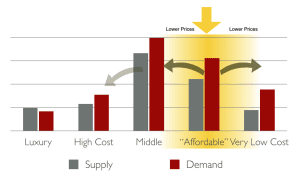
Why Voters Haven’t Been Buying the Case for Building
It’s not because they’re stupid. If we want to convince people, we need to stop yelling and start listening.
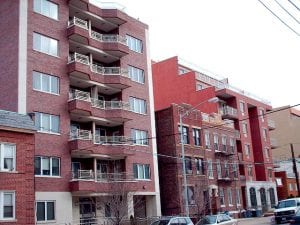
Hey YIMBYs, Thanks for Listening
The path to winning a pro-equity, pro-growth majority involves more (not less) investment in fighting displacement.
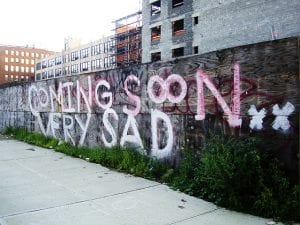
We Are All NIMBYs…Sometimes
If we built enough housing, we would still need subsidized housing for many people, but market prices would be low enough that most people could afford them. But we’ve chosen not to. And the reason we give for that choice, more than any other, is that we are trying to preserve or improve the character of our communities.

Why Aren’t We Building Middle Income Housing?
In a previous Shelterforce blog post, I argued that we cannot give up hope that the market will build middle-income housing. Granted, over the past decade, most new housing has been […]

Indivisible: How We Fight This–Together
For the most part, progressive organizations have been on the offensive for the past eight years, but now it is time to switch to playing defense. And, like any sport, that means pulling some players off the field and changing tactics.

Housing Doesn’t Filter, Neighborhoods Do
There has been a renewed interest in the role that the real estate market can play in solving our growing affordable housing crisis. For decades “affordable housing” has been the […]
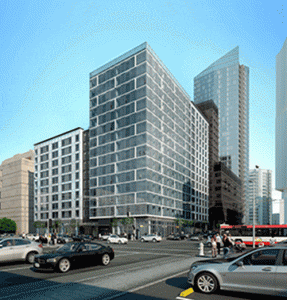
The Challenges of Economic Integration
Is it more important to have mixed-income buildings, or to give more people access to mixed-income neighborhoods?
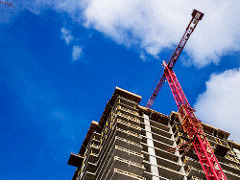
Why We Must Build
We can’t build our way out of the housing crisis . . . but we won’t get out without building.

In Defense of the “Poor Door”
The “poor door,” by making economic separation visible, caused a discomfort that we can easily ignore when income groups are segregated by neighborhood.
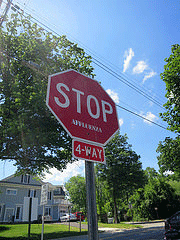
The Gentrification Vaccine
Can a neighborhood be immune to gentrification? If so, can local governments and community organizations work together to build up that kind of immunity over time? We’ll soon find out […]

CA’s Surprisingly Strong Stand in Support of Inclusionary Housing
In the whole string of related inclusionary housing decisions, what emerges is a story of a multi-decade coordinated effort by the real estate development industry to limit its reach.
